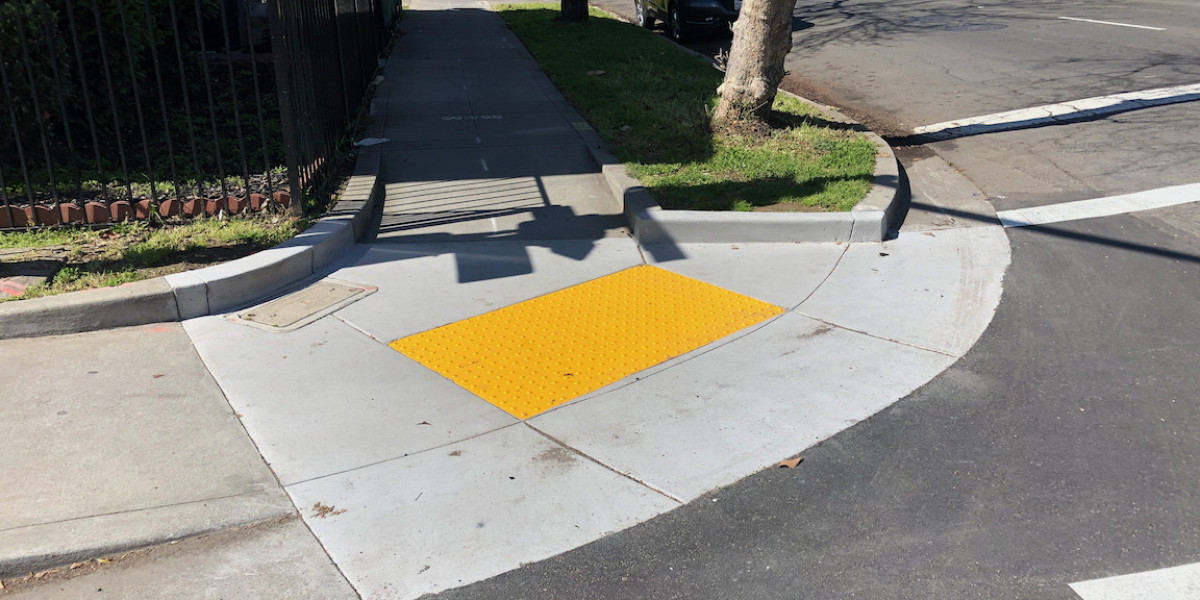When constructing or renovating a building in New York City, the work doesn’t stop at the property line. The sidewalks, curbs, and streets that surround a building are just as important to the city’s infrastructure and community safety as the building itself. That’s where a Sidewalk, Street, and Curb Builders Pavement Plan (BPP) comes in. This plan is a crucial requirement by the NYC Department of Transportation (DOT) to ensure that all public-facing pavement surrounding a property is designed, constructed, or repaired to meet city standards.
What Is a Builders Pavement Plan (BPP)?
A Builders Pavement Plan is an official document prepared by a licensed professional, typically a professional engineer (PE) or registered architect (RA), that outlines how the sidewalk, curbs, and adjoining street areas around a property will be built or reconstructed. The BPP ensures that these elements:
Meet NYC DOT standards and specifications
Provide safe, accessible pathways for pedestrians, including ADA-compliant ramps
Properly manage stormwater drainage
Align seamlessly with existing city infrastructure
In essence, it is the city’s way of making sure that new or altered buildings contribute positively to the urban environment around them.
Why Is a BPP Required?
Whenever a property owner is constructing a new building, enlarging an existing one, or making significant renovations, the city requires a BPP. This is because sidewalks and curbs are considered part of the public right-of-way, even though adjacent property owners are responsible for their maintenance and repair.
The plan ensures that:
Pedestrians have a safe, walkable surface free from trip hazards.
Curbs and ramps provide accessibility for wheelchairs, strollers, and bicycles.
Streets and curbs maintain proper alignment to accommodate vehicles and drainage systems.
Construction work does not create long-term hazards or inconsistencies in public spaces.
Key Elements of a Sidewalk, Street, and Curb BPP
A well-prepared BPP addresses a variety of details, including:
Sidewalk Layout – The width, slope, and grading of the sidewalk must comply with DOT standards to ensure safety and accessibility.
Curb Design – Curbs are designed to control water flow, protect pedestrians, and provide proper separation between the roadway and sidewalk.
Curb Cuts and Ramps – Where driveways or crosswalks intersect, the plan must include legally compliant curb cuts and pedestrian ramps.
Street Alignment – The adjoining roadway must align seamlessly with existing infrastructure. Any adjustments to drainage or grading are factored in.
Materials and Construction Details – The plan specifies the approved materials (concrete, asphalt, pavers) and construction methods.
Drainage Considerations – Proper slopes and alignments are included to prevent standing water or flooding near the property.
The Approval Process
The process for getting a Sidewalk, Street, and Curb BPP approved typically follows these steps:
Preparation – A licensed engineer or architect drafts the plan based on site conditions and city requirements.
Submission – The plan is submitted to the NYC Department of Buildings (DOB) and reviewed in coordination with the DOT.
Review and Revisions – The DOT may request changes to ensure the design aligns with city standards.
Approval – Once approved, the property owner can proceed with construction or renovation of the sidewalks, curbs, and adjoining roadway areas.
Final Inspection – After construction, the city inspects the work to confirm compliance before granting final sign-off.
Importance for Property Owners and Developers
Failing to submit or properly execute a BPP can result in delays, fines, or even a refusal of building sign-off. Since sidewalks and curbs are vital to public safety, the city enforces these regulations strictly. For developers and property owners, a properly designed and executed BPP ensures:
Compliance with city laws and building codes
Avoidance of costly violations or repairs later
Enhanced property value by improving curb appeal
Contribution to safer, more accessible neighborhoods
The Bigger Picture
A Sidewalk, Street, and Curb BPP may seem like a technical requirement, but it plays a major role in shaping the daily experiences of city residents. Sidewalks that are wide, smooth, and accessible, curbs that are properly aligned, and streets that drain effectively all contribute to a safer and more livable city.
For any new construction or major renovation project in New York City, a Sidewalk, Street, and Curb Builders Pavement Plan is not just a formality—it is a crucial step that ensures the surrounding public spaces meet the city’s high standards of safety, accessibility, and durability. By investing in a well-prepared BPP, property owners and developers help create a safer, more cohesive urban environment that benefits everyone.














